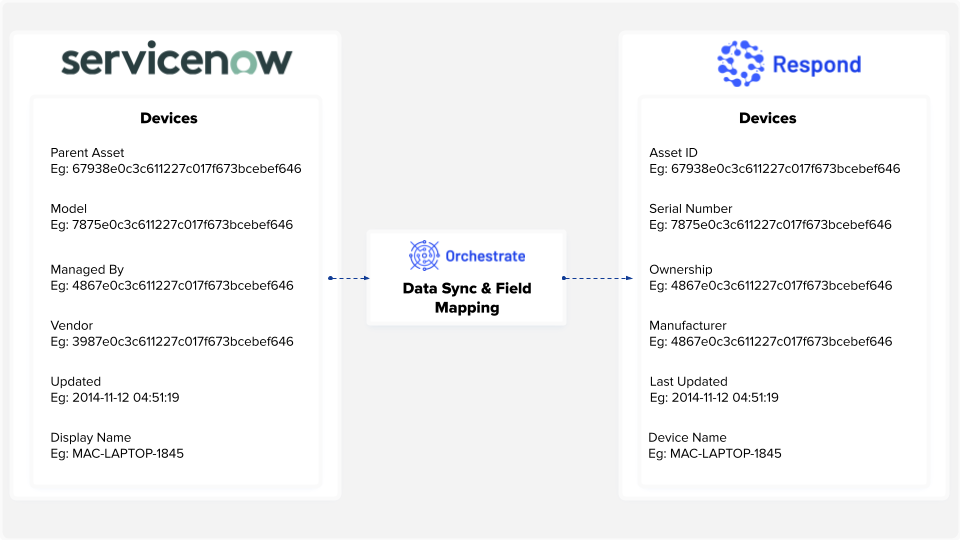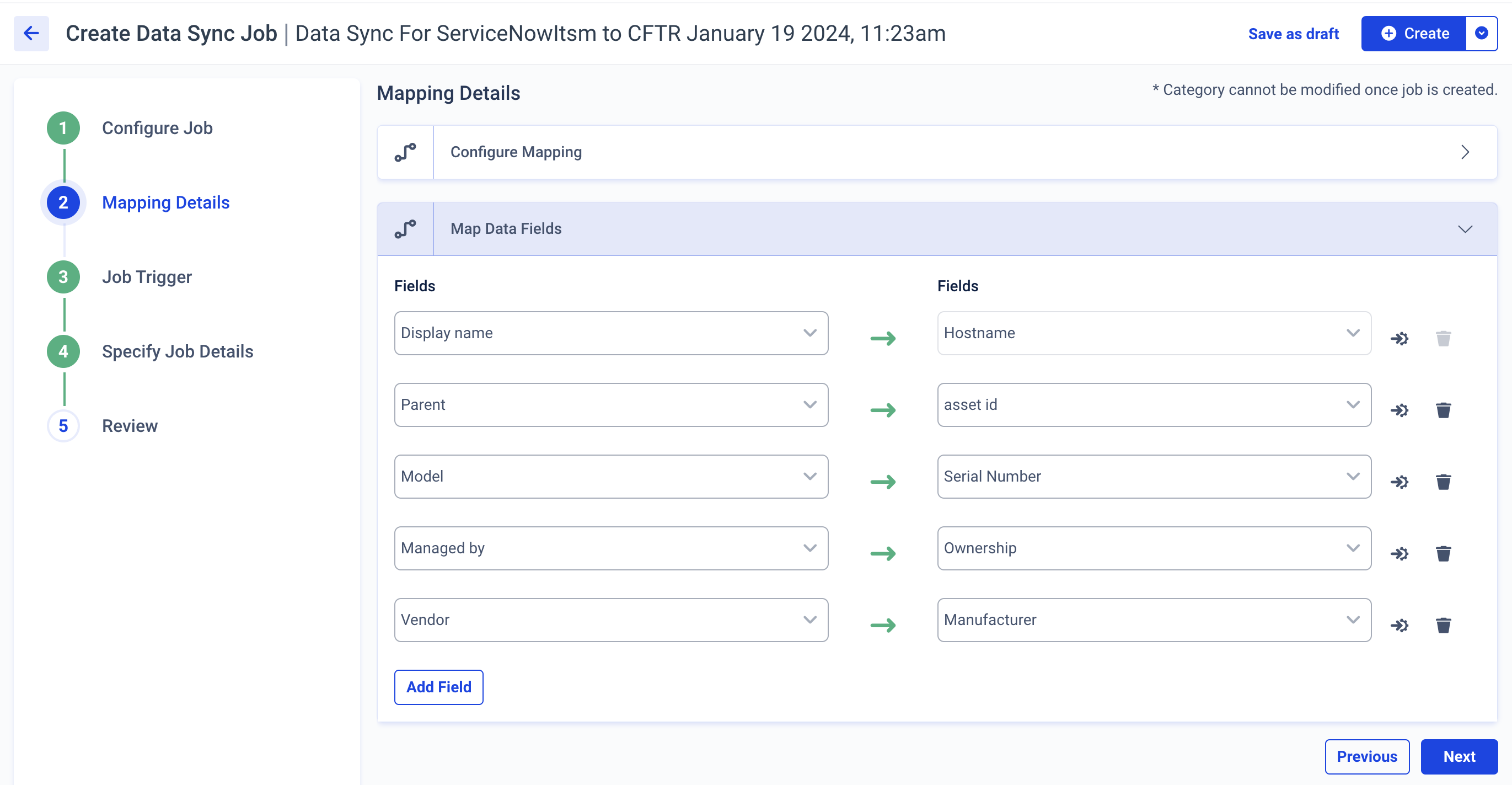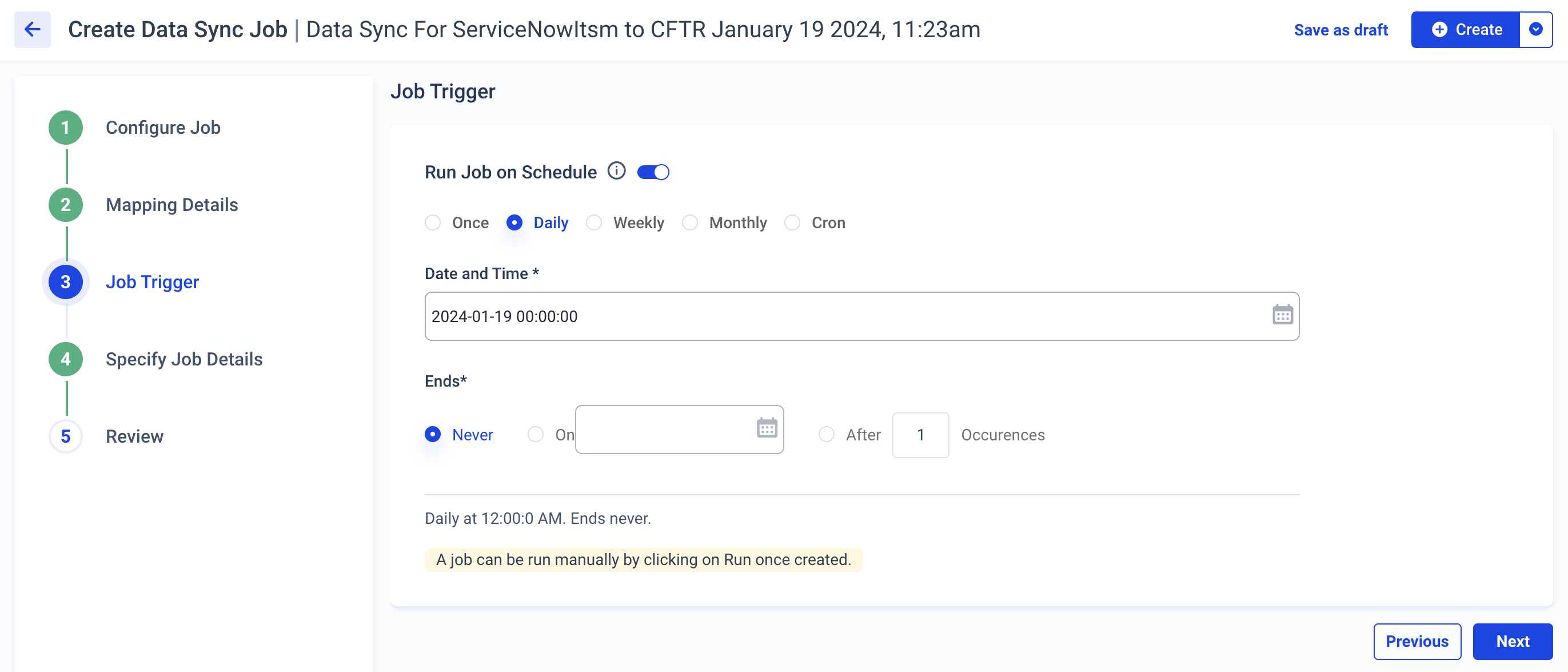Optimizing Incident Response: Elevating Efficiency with Data Sync in CFTR
Category: Cyware Product
Cyware Products Used:
Respond (CFTR)
Problem Statement
Security analysts currently grapple with inconsistent asset data across diverse security applications. The absence of a real-time data synchronization solution results in manual data entry challenges, risking errors and hampering operational efficiency. Without an automated mechanism to seamlessly sync asset data, analysts face delays in obtaining crucial contextual information, leading to increased mean time to respond (MTTR). This highlights the urgent need for a robust Data Sync feature, ensuring immediate, accurate, and consistent data flow between applications, ultimately enhancing the effectiveness of security operations.
Solution
Data Sync in Cyware Orchestrate helps in keeping data in CFTR up-to-date. This reduces the time spent by analysts to search for asset details and helps streamline the incident response process. Automating real-time data synchronization between ServiceNow and CFTR eliminates the obstacles of outdated and inconsistent information. This feature ensures swift, error-free asset data transfer, enhancing operational efficiency. With configurable scheduling, mapping options, and seamless connectivity, Data Sync transforms security workflows. Analysts can now respond promptly to threats with accurate and consistent data, significantly reducing the mean time to respond (MTTR).
How do we solve this problem?
The Data Sync feature in Cyware Orchestrate provides a straightforward solution to the challenges posed in incident response. To know more about the feature, see Data Sync.

Follow these steps to implement Data Sync and streamline the synchronization of asset data between ServiceNow and CFTR:
Configure Data Sync Job
Select a source application (e.g., ServiceNow ) and a destination application (CFTR). You can also configure other source applications to synchronize asset data.
Connect to the instances of the source and destination applications by providing the necessary configuration parameters.
Test the connection to ensure seamless communication.
Mapping Details
Specify the category (e.g., Device or User) for both the source and destination applications.
Map Data Fields
Choose the data fields you want to sync from the source application to CFTR.

Trigger Job
Schedule the data sync job to run automatically based on a specified date and time, or trigger it manually after configuration.

Specify Job Details
Enter a name and description for the data sync job.
Review job details and select a primary key to uniquely identify each record.
Review and Run
Review the job details, and mapped fields, and ensure all configurations are accurate.
Choose to create the job or create and run it immediately.
View Synced Data
Access CFTR to view the synced data under the Assets section.
Filter data based on business units for a more granular view if needed.
Benefits
Real-Time Synchronization
Data Sync ensures the immediate and continuous transfer of asset data between ServiceNow and CFTR. This real-time synchronization is critical for incident response, allowing security teams to access the most up-to-date information to detect and respond to threats promptly.
Elimination of Manual Data Entry
The feature automates the synchronization process, eliminating the need for manual data entry across multiple platforms. This not only prevents human errors but also saves significant time and effort for security analysts, enabling them to focus on more strategic aspects of incident response.
Consistent and Accurate Data
Data Sync maintains data consistency across diverse security applications. By mapping and synchronizing data fields, the feature ensures that information remains accurate and uniform in both the source (ServiceNow) and destination (CFTR) applications. This consistency provides analysts with reliable context for effective incident investigation and response.